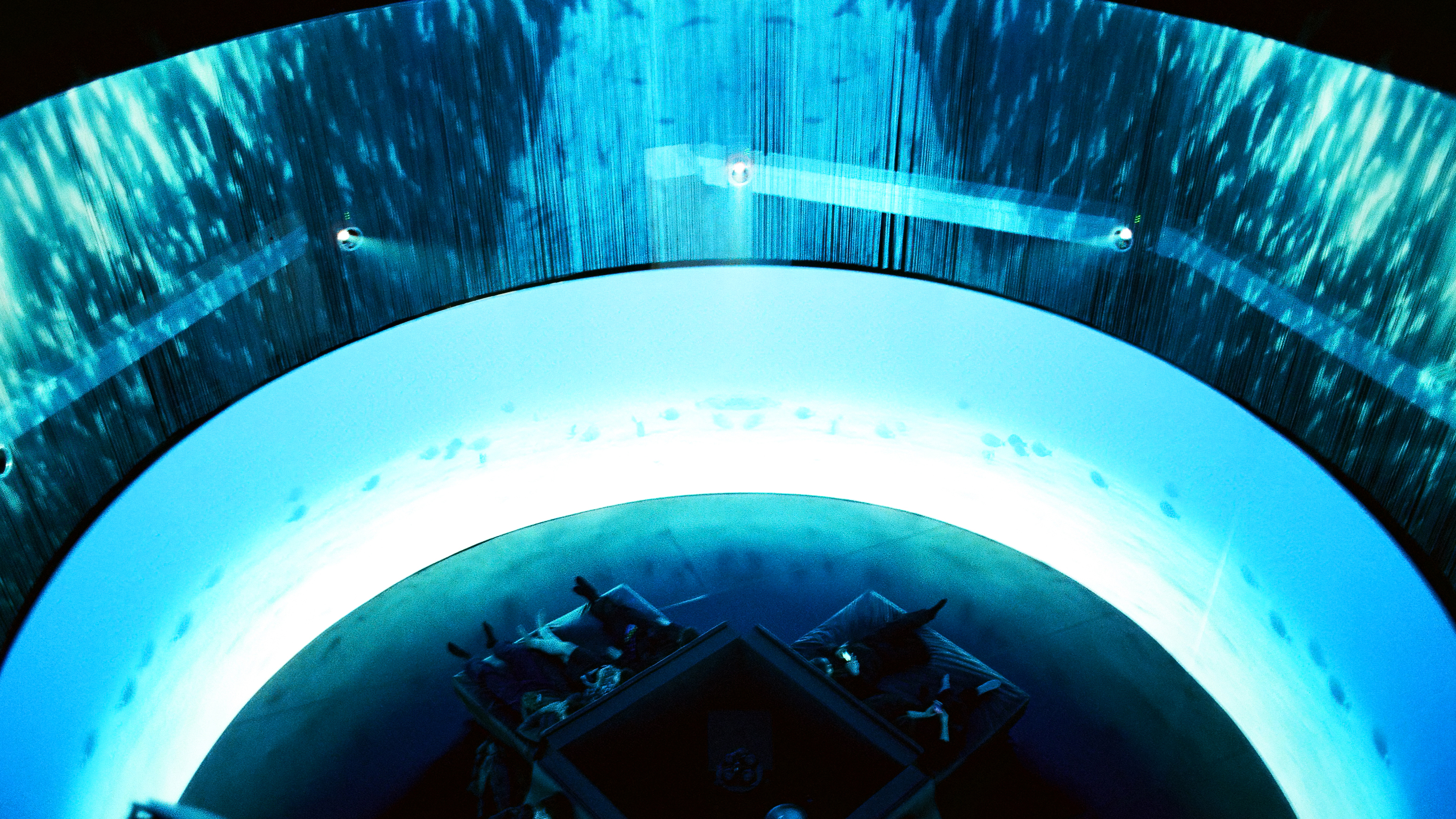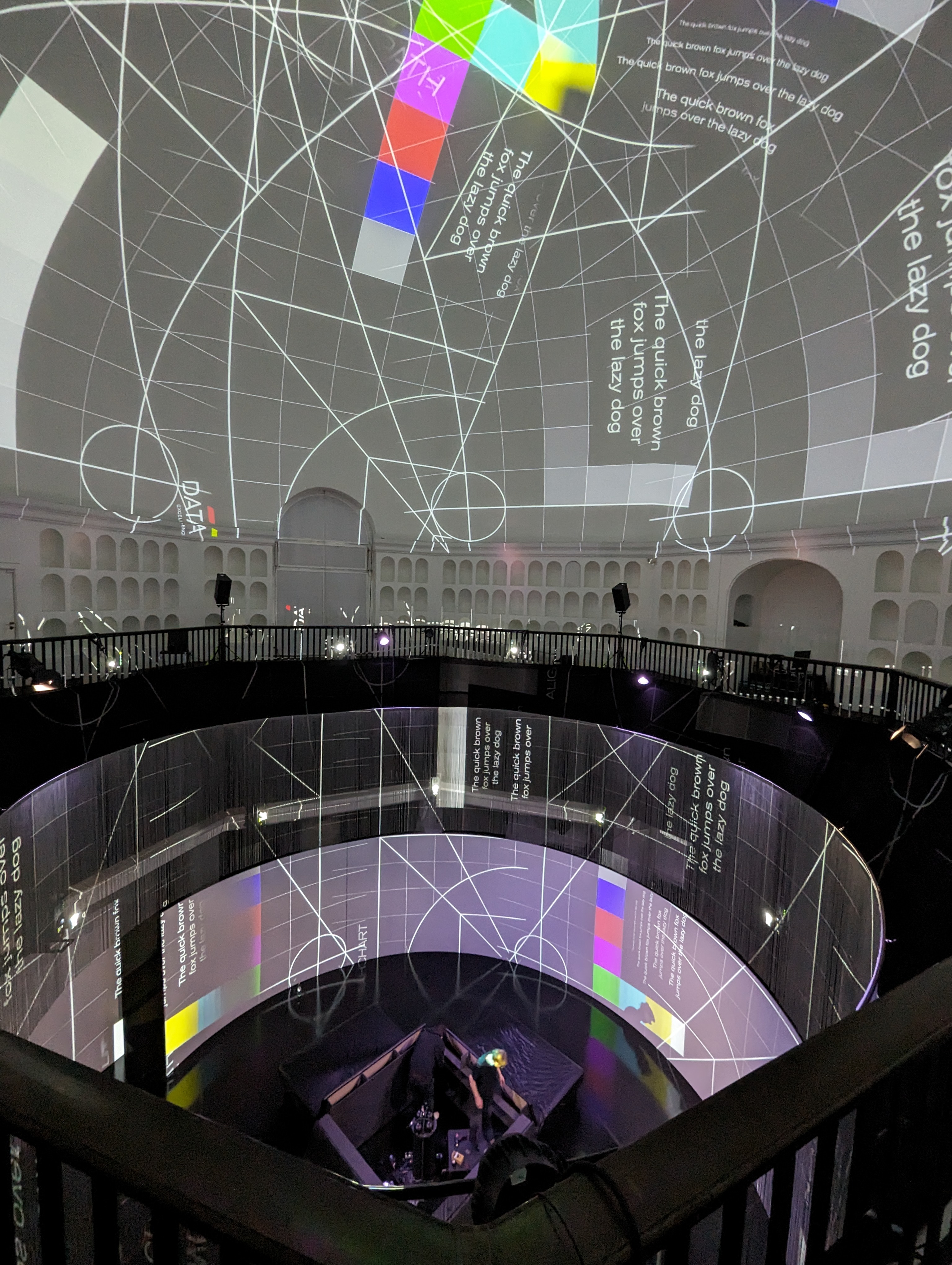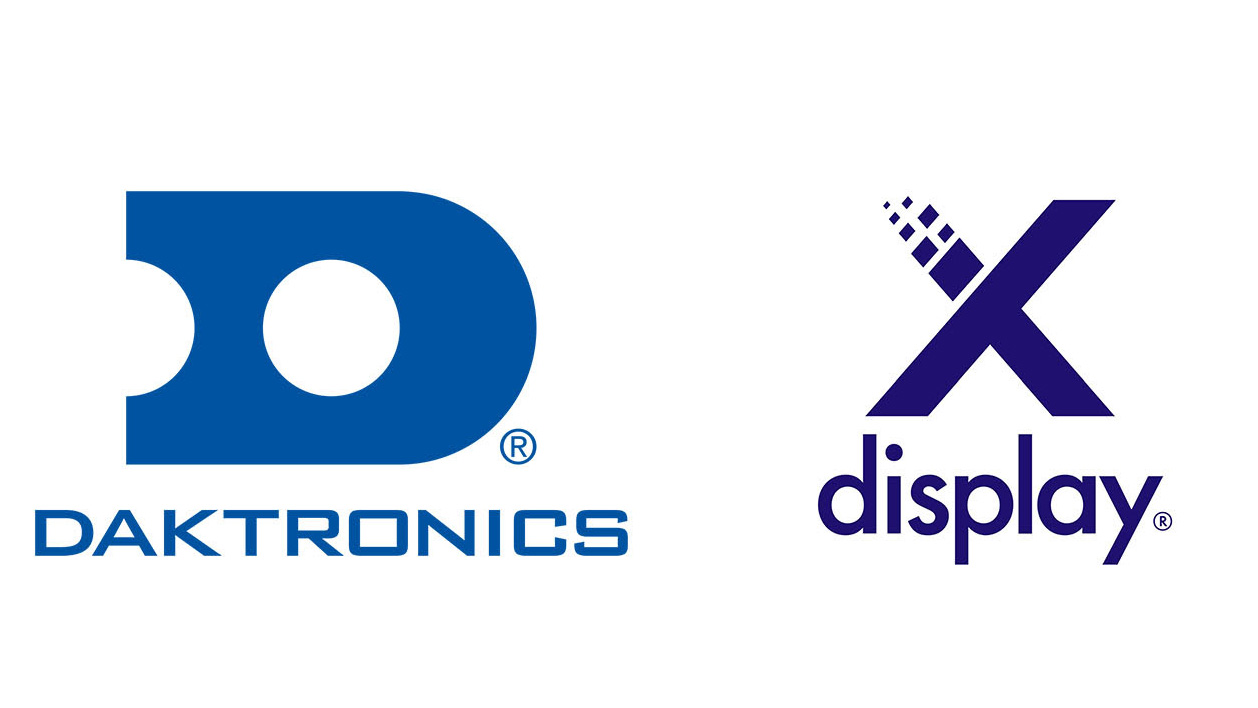How the 360 ‘Oceanic Refractions’ Immersive Experience Comes to Life
Datapath’s Fx4 controllers coupled with a Screenberry media server creates an immersive sensorial experience.

‘Oceanic Refractions,' housed within the Silent Green event venue in Berlin, is a multimedia installation aimed at immersing audiences in climate change and its impact on the Oceania community. The moving narrative weaves testimonies from Oceania natives and the sounds of their natural environments—from the bustling life of coral reefs to the serene rustle of mangroves. To create a 360-degree multi-sensory environment, FrameWorks, a multimedia system designer and integrator from Ireland, turned to 16 Panasonic projectors, aligned and driven by a single Screenberry media server, to create a seamless video display across two 360-degree cylindrical screens and an octagon-shaped dome and a quartet of Datapath Fx4 units split the signal from the media server to 16 WUXGA outputs.
The auditory journey was further enhanced by 360-degree videography, kinetic seating that mimicked the ocean’s movement, and olfactory effects that transported visitors to the shorelines of Fiji, Kiribati, and the Duke of York Islands in Papua New Guinea. The combination of the single server and Datapath video wall controllers used to manage playback across all three screens simplified the setup and ensured a seamless extension of the immersive environment from floor to ceiling. Increased cost and energy efficiency were additional bonuses.
[Here's How Arizona Science Center Is Taking Visitors Under the Sea]
“We’ve worked closely with Front Pictures, the developers of the Screenberry media server, for many years on groundbreaking and inspiring projects," Andy Lee, senior international sales manager at Datapath, said. "This latest solution shows how multimedia installations can be simpler and more reliable through the use of Screenberry and Datapath products."

To output visuals onto two circular panoramas, each more than 32 feet (10 meters) in diameter and nine feet (3 meters) high, Screenberry aligned eight Panasonic PT-RZ970 projectors utilizing a combination of automatic and manual calibration. To map the 32-foot domed ceiling, the media server auto-calibrated an array of eight Panasonic PT-DZ780 projectors.
Using an alternative to the multi-server system is a single-server approach. Screenberry’s highly efficient video engine uses every bit of power from the media-server hardware to process extremely high-resolution media in real time. As a result, it can handle many more displays per single machine than most other solutions available.
[Just In Time for Halloween: Check Out the Spookily, Immersive Dark Matter Experience]
A daily selection of features, industry news, and analysis for AV/IT professionals. Sign up below.
“We are happy to provide our clients with powerful, reliable, and at the same time cost-effective tools. Datapath video wall controllers help us build Screenberry-driven setups with maximum efficiency and flexibility," Yuri Kostenko, Front Pictures CEO, said." ‘Oceanic Refractions’ is the perfect example of how a project can benefit from this approach.”
The AVNetwork staff are storytellers focused on the professional audiovisual and technology industry. Their mission is to keep readers up-to-date on the latest AV/IT industry and product news, emerging trends, and inspiring installations.
